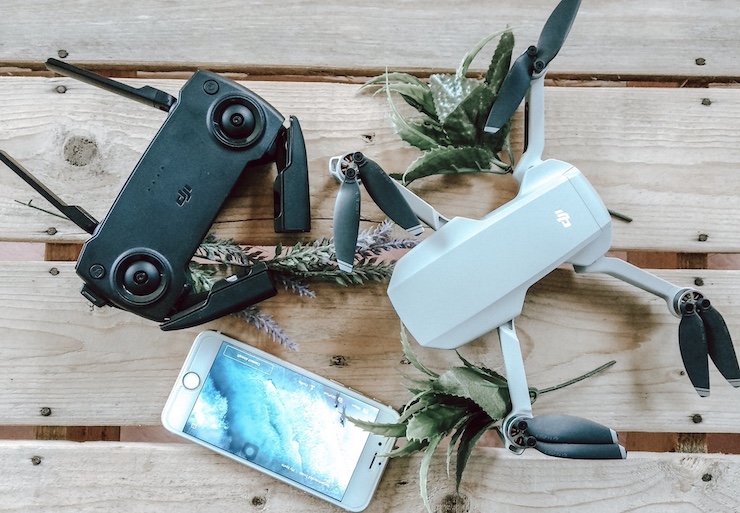
Are you worried that someone may be eavesdropping on your home or office? With so many unmanned aerial vehicles (UAVs) flying the friendly skies these days, the possibility of a nosy neighbor or corporate spy surveilling your movements and conversations or stealing your data from the air are growing. But fortunately, so are the means to detect such intrusions. You might not be able to catch a would-be drone thief in the act, but you can likely see him coming and take steps to better protect yourself and your property.
In fact, some of the latest detection technology available comes in the form of a simple cell phone app. In 2016, the Panama City-based DeTech, which specializes in the development of sensor technologies introduced Drone App, which can be used on Android phones and tablets and is capable of detecting small consumer fixed-wing, rotary-wing, and even flapping-wing unmanned aerial vehicles within a ¼ to ½ miles radius. The app can detect most non-encrypted radio frequency controlled consumer drones that use wifi to communicate. It cannot detect many small toy drones, drones that use encrypted data protocols or military drones. So it’s not foolproof.
Drone detection apps are portable and easy to use, and they can be set to work automatically while you’re engaged in normal phone use. You’ll receive an alert and can respond immediately. Some detection apps like the wifi-based Dronfinder continue to work even in background mode. If the user closes the app, it continues to search for nearby drones. Dronfinder also saves the history of found devices so the user can check to see if the same drone was detected previously. But keep in mind, like other wifi-based apps, Dronfinder’s range is limited to about 200 meters.
Many companies that sell surveillance technology products are also beginning to upgrade them for drone detection. These devices are not free, of course, but not all are prohibitively expensive. PTZ cameras, for example, can be installed on a roof to zoom, tilt, pan and zero in on an approaching drone from a distance considerably further than a simple app. New generation PTZ cameras also employ night vision and can capture high definition footage to record the invading drone, identify its type (also possible with some drone detection apps) and gather evidence that might be shared with authorities, especially if the intruding drone is engaged in illegal activity. While some PTZ cameras for large commercial properties or security installations might cost thousands of dollars, RepLink offers PTZ cameras for residential use for less than $300.
Another method of detection is simple radar technology that emits radio frequency waves 360 degrees in every direction signaling whether an object is near. The signals are amplified by a radar antenna which allows the detection device to determine the shape and size of the identified object. Companies like Anti-Drone have developed models that can provide early warning for installations of different sizes at various detection ranges (e.g. 2 kms or further). Cost may vary from as little as $500 to $2000.
Another simple detection method is to use a radio frequency scanner to intercept signals being sent between a drone and its operator. Some of the more advanced PTZ and radar systems incorporate this function but it can be purchased separately. That reduces the cost and because the system is passive, it avoids potential liability issues. But scanners won’t detect completely unmanned UAVs and may not give you much help on the location of a remotely-piloted one, let alone allow you to identify and track it. In dense RF areas, the scanners may have difficulty detecting much of anything. Still, even a low-cost scanner can add a layer of comfort and security that you may not currently enjoy
One reason drone apps are becoming so popular is that they can do a lot more than detect drone intrusions. Apps like Drone Map and Drone Desk allow drone pilots to map their desired flight paths and to monitor weather conditions and even air traffic patterns in those areas. Some of these apps can also help the operator sort out the patchwork of state and local privacy laws and other drone use restrictions that might impinge upon their flights. Behold the Golden Rule! If you don’t want others intruding on your privacy, make sure you’re not a trespasser yourself.
|